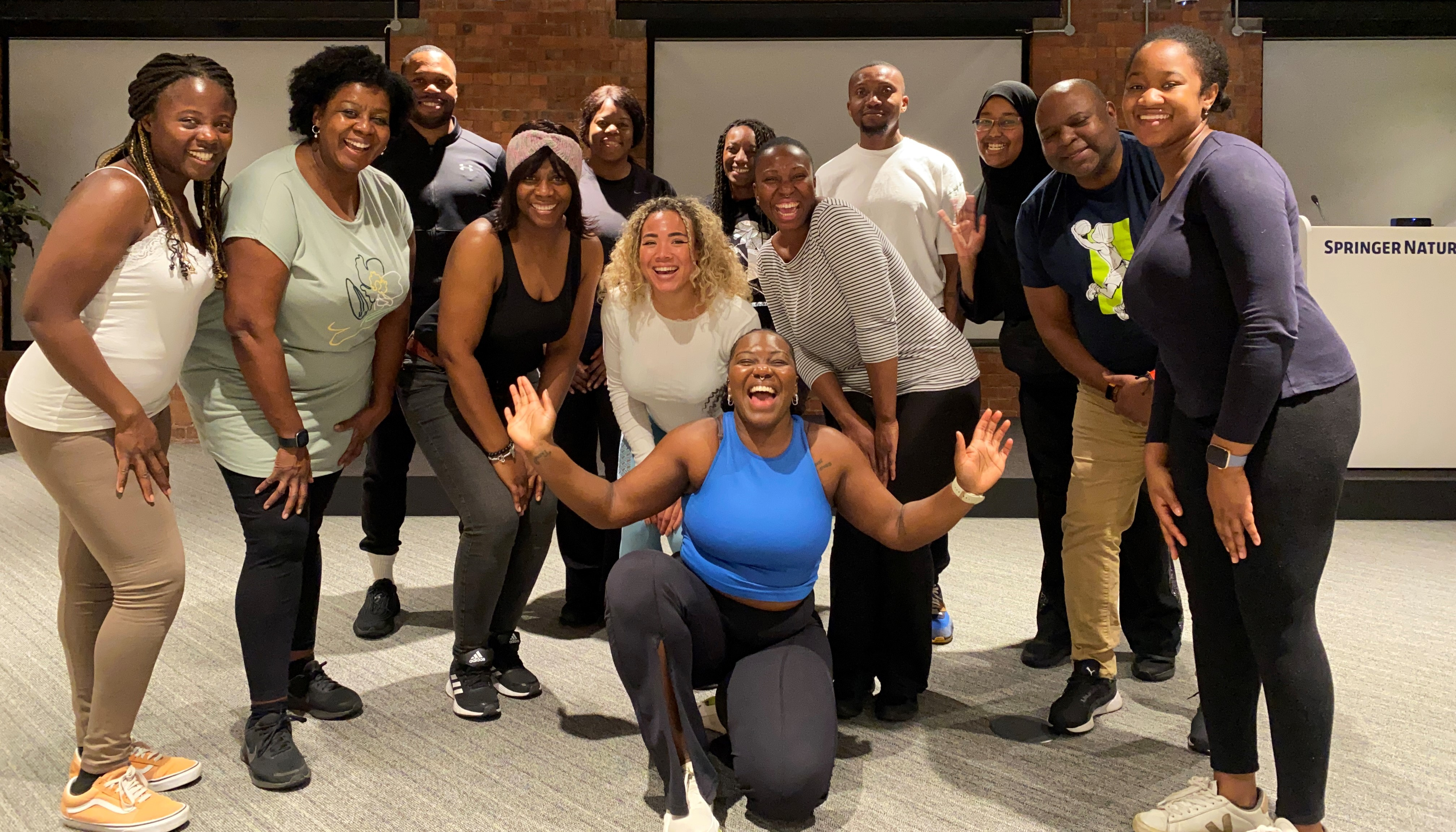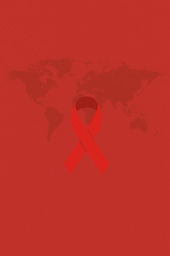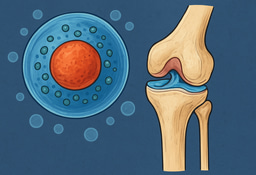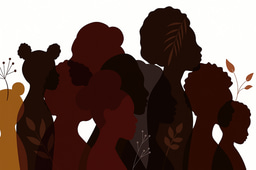The Rhythm of Resilience: The Intersection of Joy, Culture, and Wellbeing
Published in Social Sciences, Behavioural Sciences & Psychology, and Arts & Humanities

 On the International Day of Happiness, we are reminded that no matter what corner of the world we are from, our joy is not just an emotion but a practice, a radical act of self-preservation, especially in a world that often overlooks intentionality when it comes to wellbeing.
On the International Day of Happiness, we are reminded that no matter what corner of the world we are from, our joy is not just an emotion but a practice, a radical act of self-preservation, especially in a world that often overlooks intentionality when it comes to wellbeing.
The Sustainable Development Goal 3 (SDG 3) highlights mental health and wellbeing as a global priority, but within our communities, systemic inequalities mean we must be intentional about creating and accessing spaces that nurture our holistic wellbeing.
The Power of Dance in Wellbeing and Mental Health
Dance is a universal language. Although we come from many different corners of the world, dance is the one expression we all understand as human beings. Dance has always been more than movement; it’s a language, a connection, and a celebration of life. For indigenous communities, dance is deeply woven into our history, our joy, our resilience and our liberation. It carries the echoes of our ancestors, the rhythms of our native lands, which are embodied and experienced through music and our bodies. It has the ability and power to heal and to connect us to others. Through my work in dance and wellbeing, I have seen first-hand how movement transforms mental health, boosts confidence, and fosters a sense of community, confidence and self-understanding, of identity and of expression.
My Mission
My work is dedicated to transforming wellbeing through movement, ensuring that individuals and organisations thrive. I partner with forward-thinking businesses and individuals to design sustainable wellbeing initiatives that integrate movement and productivity, creating human-centred environments where people can flourish. I believe that everything is interconnected. Emotionally, mentally and spiritually, and lastly, physically. Through fostering deep connections with ourselves and others, we enrich our experiences of life. Through bespoke workshops, creative consultancy, and immersive wellbeing experiences, I’m a bit of a disrupter - pushing the boundaries in how movement is used as a tool for professional and personal empowerment. My vision is to revolutionise workplace wellbeing by turning professional spaces into dynamic hubs of energy, creativity, and, long-term, sustainable success.
The Science of Movement and Joy
Scientifically, dance is a powerful catalyst for joy. In a world where we are addicted to dopamine, through the instant gratification of the online world, movement releases endorphins, our body's natural "feel-good” chemicals, while also reducing cortisol, the stress hormone. Studies show that dance improves brain function, enhances memory and fosters social bonds, all of which are essential for mental and emotional wellbeing. The act of moving to rhythm, particularly in communal settings, reinforces our interconnectedness and strengthens our resilience. Dance remains a sacred and communal act that connects us to something greater than ourselves. It’s an amazing mental workout, enhancing cognitive function, improving memory, and increasing neuroplasticity, strengthening brain flexibility and adaptability. Harvard Medical School. (2015). Dancing and the brain. On The Brain, Winter 2015. Dance also helps us with emotional regulation. Movement has been shown to reduce anxiety, enhancing our mood and emotional resilience, skills that are crucial both inside and outside the workplace. Creativity thrives in movement. Some of the most innovative ideas come from thinking outside the box - or redesigning and removing it entirely. Music, the heartbeat of movement, also plays an impactful role. Sound frequencies stimulate blood flow, increase dopamine and serotonin, and even activate the vagus nerve, engaging the parasympathetic nervous system to promote relaxation and balance. With all the knowledge we have around dance and movement, integrating dance into unconventional environments is a powerful way to foster connection, enhance wellbeing, and challenge traditional perceptions of where and how movement can exist. It welcomes new forms of expression, accessibility, and engagement, things we don’t see in a lot of professional spaces.
Wellbeing in the Workplace: SN BEN
I recently led a wellbeing workshop for the SN BEN (Black Employee Network), focusing on movement as a tool for stress relief and empowerment which employees enjoyed and found beneficial to their mental and emotional state. In predominantly white or male-dominated industries, Black professionals often navigate unique stressors, including microaggressions, lack of representation, and the constant pressure to perform at a higher standard, whilst often the reciprocation being less. This impacts mental health, making intentional wellbeing practices essential.
Workshops like these provide a space for professionals to reconnect with themselves, release tension, and cultivate joy. Beyond token initiatives, companies must commit to structural changes. Investing in diverse leadership, creating safe spaces for open dialogue, and integrating holistic wellbeing programs that acknowledge the cultural nuances of wellbeing and mental health.
Mental Health and Sustainable Happiness for the future:
- Normalising mental health conversations within our families, communities and workplaces - “I’m fine” doesn’t speak to the complexities of our humanness.
- More efficient ways of measuring wellbeing within organisations - we are more than numbers. More conversations need to be had with leadership that are willing to listen.
- Creating accessible wellness spaces that cater to specific needs of people. One size doesn't fit all!
- Honouring traditional cultural practices, while respecting cultural integrity to those practices too, alongside modern therapeutic approaches.
Life is constantly moving, as humans we are cyclical beings, there’s a natural rhythm that is important for us to consider. Yet, many workplaces operate at opposite ends of the spectrum, either remaining stagnant in practices, procedures and policies or constantly on full speed overworking. Both physically and mentally lead to stress, burnout, and disengagement. This means going beyond step challenges and occasional wellness days. Instead, companies need to integrate movement into daily operations whether through structured dance-based wellbeing workshops, mindful movement breaks, or designing workspaces that encourage mobility. When employees are given space to reconnect with their bodies and not just their minds they show up more engaged and fulfilled. Businesses that embrace movement as a key pillar of workplace culture will not only improve happiness but also enhance productivity, retention, and overall success.
Different cultures approach happiness differently
Many indigenous cultures, across the diaspora, have always viewed happiness as a communal experience rather than an individual pursuit. In many Western societies, happiness is often tied to personal success, material wealth, or productivity. However, in these communities, joy and connection is deeply interwoven in collective experiences.
Gratitude as an influence for happiness
The brain is wired to problem-solve, which often traps us in cycles of comparison and focusing on what’s wrong which can be a hindrance for many of us. Gratitude disrupts this pattern, shifting our awareness to what we already have. One of the greatest privileges is having a body that can move. My work is deeply influenced by my mother, who once played as a semi-professional netball player but now experiences extremely limited mobility due to osteoarthritis. Witnessing my mother’s range of movement decline has reinforced my belief that movement is a gift. Every step, stretch, every dance is an opportunity to honour the body we have today, instead of waiting to celebrate it when it looks “better” or different. Practicing gratitude for movement - no matter how small, deepens our connection to joy, reminding us that happiness often lies in the simplest things in life.
Tamara Josephine is a Wellness & Dance Specialist who bridges the gap between movement, mindfulness, and transformation. Through wellness coaching, mentorship, and consultancy, Tamara integrates the power of dance and somatic practices to awaken embodiment, presence, and resilience. Her work is more than movement; it’s a call to reconnect with self, with purpose, and with the rhythms that sustain us. Whether guiding corporate teams through dynamic wellbeing programmes or holding space for personal breakthroughs, Tamara’s mission is to create sustainable, lasting transformation.
Written by Tamara Josephine
Formatted and Edited by India Sapsed-Foster, for the SDG3 Newsletter programme.





Please sign in or register for FREE
If you are a registered user on Research Communities by Springer Nature, please sign in